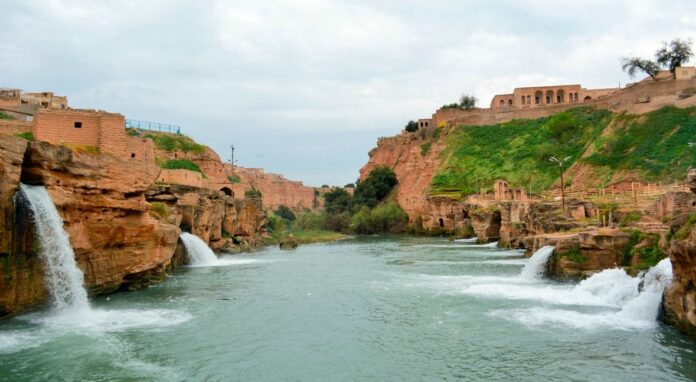In a sobering assessment released by the United Nations, the world finds itself on the brink of a water crisis, with Iran emerging as a focal point of concern.
The UN World Water Development Report, published ahead of World Water Day, paints a stark picture of the challenges facing humanity, with over 1.4 billion people affected by droughts in the past two decades, resulting in nearly 21,000 fatalities.
Iran, among the countries experiencing “extremely high water stress,” stands as a glaring example of the severity of the situation.
Highlighted in both the UN report and a previous analysis by the Washington-based World Resources Institute, Iran grapples with the ramifications of decades of poor water management and unsustainable agricultural practices.
The Middle East and North Africa are identified as the epicentres of water stress, with 83% of the population exposed to extreme water stress in these regions. South Asia follows closely behind, with 74% of its population facing similar challenges.
Of particular concern is the utilization of renewable water supplies, with the top 25 water-stressed countries consuming over 80% for various needs including irrigation, industry, and domestic use. This leaves these nations perilously exposed, with even short-term droughts threatening water security.
The World Resources Institute singles out Bahrain, Cyprus, Kuwait, Lebanon, Oman, and Qatar as the most water-stressed countries. However, the list extends to include other nations such as Saudi Arabia, Israel, Egypt, and Libya, among others.
Projections for the future paint a bleak picture, with global water demand expected to surge by 20% to 25% by 2050. This surge, coupled with increasing water scarcity, will exacerbate tensions and instability, particularly in regions already grappling with socio-political challenges.
Nikahang Kowsar, a water resources expert, underscores the multifaceted nature of the crisis, attributing it to factors like population growth, unsustainable development, and the impacts of climate change.
Kowsar warns that top-down decision-making and a lack of democratic governance contribute to exacerbating conditions, particularly in Iran.
“The overexploitation of aquifers to meet agricultural and urban demands has led Iran into water bankruptcy,” Kowsar warns. With groundwater levels depleting and no concerted efforts to replenish them, the spectre of escalating water scarcity looms large, promising heightened tensions and instability in the coming years.
The implications of water stress extend far beyond mere scarcity. At least 50% of the global population, approximately 4 billion people, grapple with highly water-stressed conditions for at least one month every year.
Lives, jobs, food security, and energy resources all hang in the balance, underscoring the urgent need for concerted global action.
As the world commemorates World Water Day, the findings of these reports serve as a clarion call for immediate and coordinated efforts to address the water crisis.
Failure to act decisively risks pushing humanity further towards the precipice of a perilous future, where access to this most vital resource becomes increasingly precarious.
This article was created using automation and was thoroughly edited and fact-checked by one of our editorial staff members

